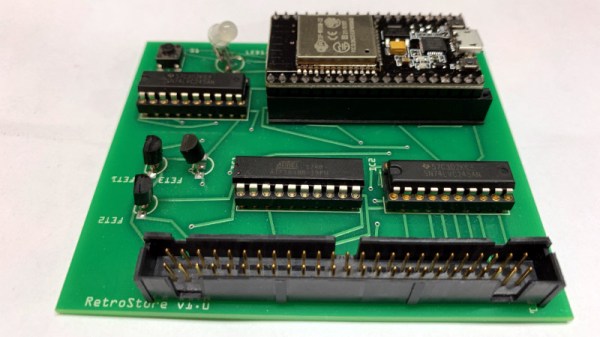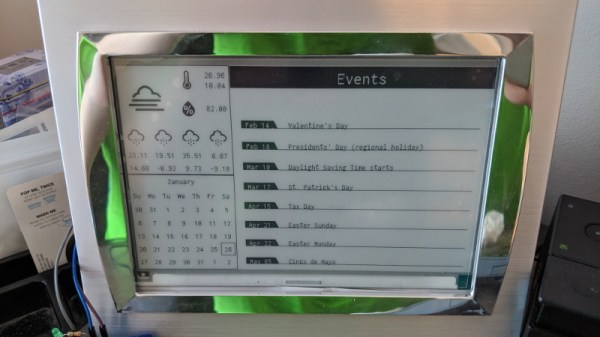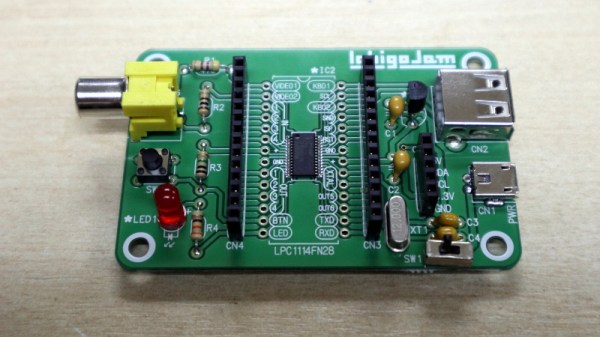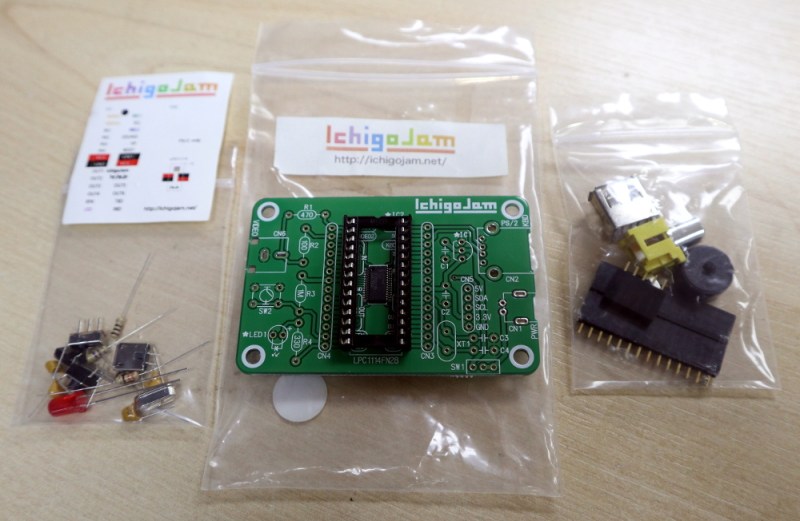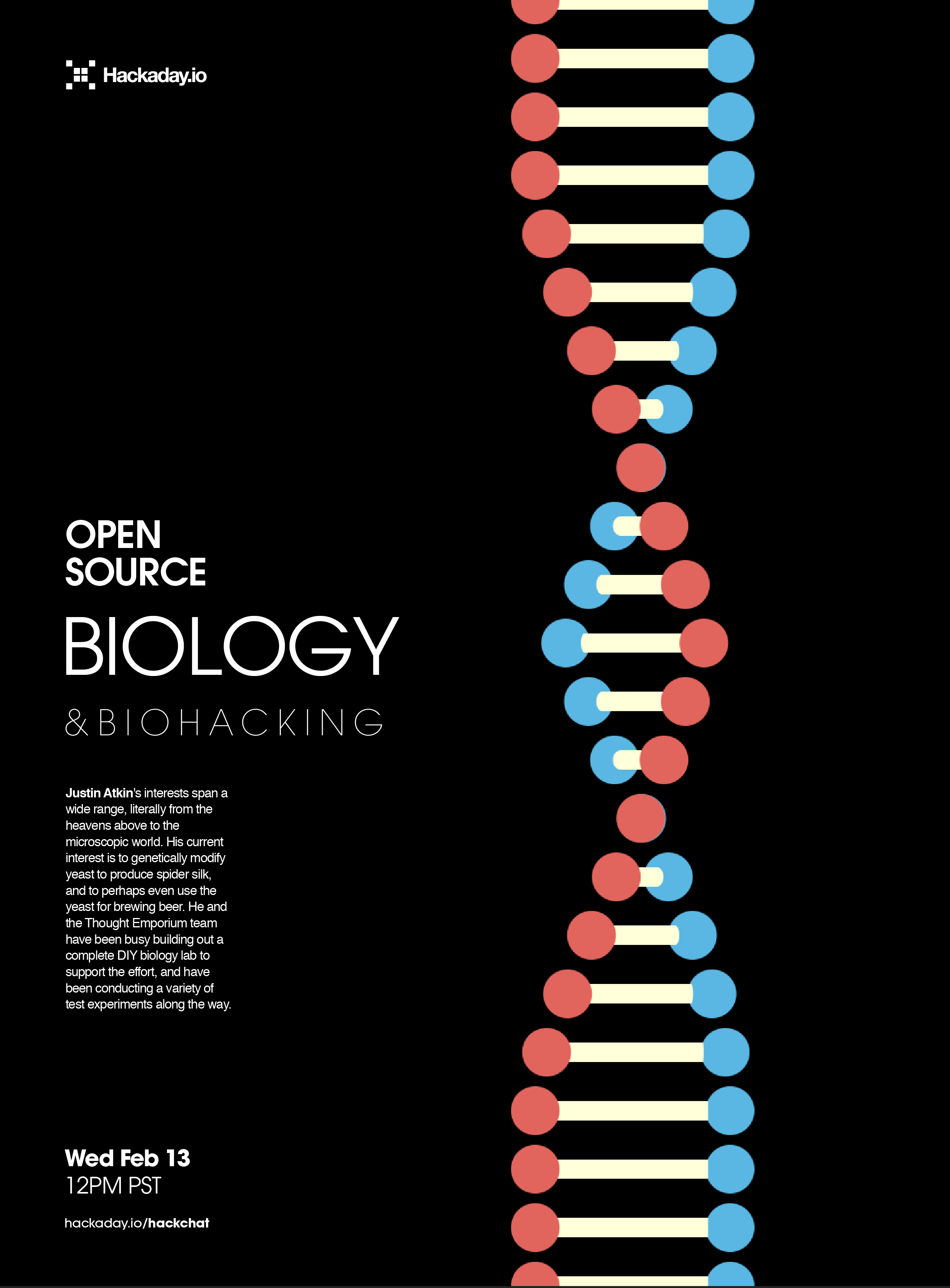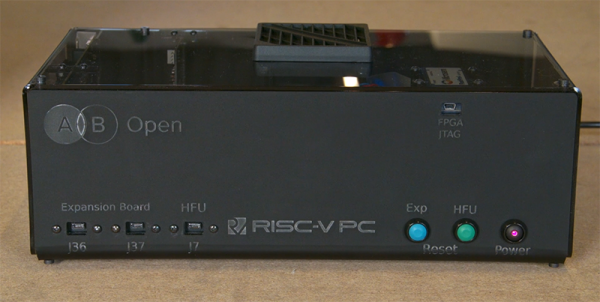Around these parts, [Peter] is well-known for abusing the TRS-80 to do things it should never do. You can read Wikipedia on the TRS-80, you can look at Google Images, and you can browse the web. As with any retrocomputer, there are limitations for what you can do. To browse Wikipedia, [Peter] had to set up an AWS instance which translated everything and used serial to IP converters. It can be done, but it’s hard.
Now, after seeing a few interesting projects built around the ESP32, [Peter] built a network card for the TRS-80. It’s called the trsnic, and it’s a working network card for almost all the TRS-80s out there, with the eventual goal of supporting the TRS-80 Model I / II / III / 4 / 12 / 16 / 16B and 6000.
The idea for the trsnic comes from [Arno Puder]’s RetroStoreCard, a device that plugs into the TRS-80 Model III and connects it to a ‘personal cloud’ of sorts that hosts and runs applications without the need for cassettes or floppys. It does this with an ESP32 wired up to the I/O bus in the Model III, and it’s all completely Open Source.
[Peter] took this idea and ran with it. Thanks to the power found in the ESP32, real encrypted Internet communication can happen, and that means HTTPS and TLS.
Right now, documentation for the trsnic is limited, but the project does exist and building it is as easy as stuffing some headers and DIP sockets in a PCB and soldering them on. There’s a bit of work to do on the ESP32 code, but if you’re looking for a network card for your Trash-80, this is the one that works now.

